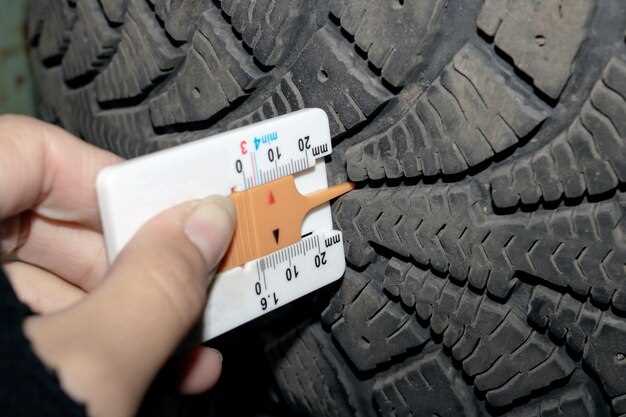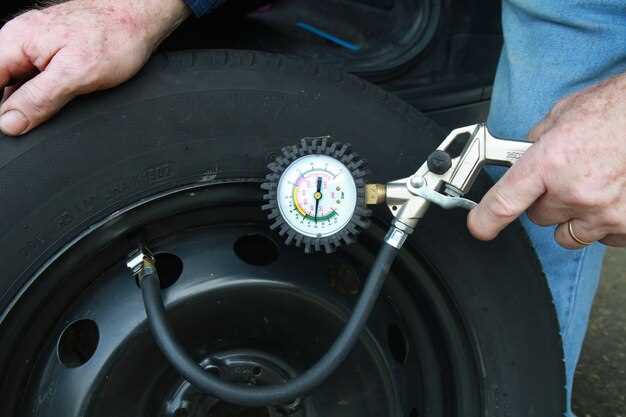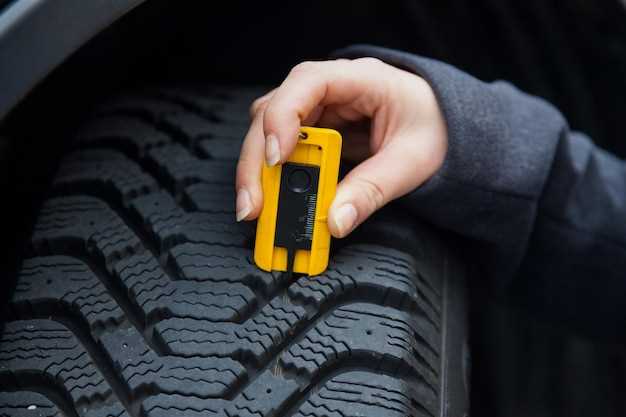
Maintaining an all-wheel drive (AWD) vehicle is essential for owners who want to ensure optimal performance and longevity. Unlike traditional two-wheel drive systems, AWD vehicles have different components that require specific attention to keep them running smoothly. The complexity of an AWD system can make maintenance a bit more challenging, but with the right approach, you can easily preserve the functionality of your vehicle.
The key to effective AWD maintenance starts with regular inspections of vital components such as the transfer case, differentials, and driveshafts. These parts work in unison to provide traction and stability, especially in adverse driving conditions. Neglecting these systems can lead to premature wear and tear, ultimately affecting your vehicle’s performance and safety.
In addition to routine inspections, being proactive about fluid changes is crucial. Keeping the transmission, differential, and transfer case fluids at the correct levels and changing them according to the manufacturer’s recommendations will help prevent issues that can arise from inadequate lubrication. Understanding the unique maintenance requirements of your AWD vehicle is vital to achieving peak performance and reliability.
Checking and Changing Transfer Case Fluid Regularly

The transfer case is a critical component in all-wheel drive (AWD) vehicles, enabling the distribution of power between the front and rear wheels. To ensure optimal performance, it is vital to check and change the transfer case fluid regularly.
Importance of Transfer Case Fluid
The transfer case fluid lubricates the internal gears and components, preventing wear and tear. Over time, this fluid can degrade, leading to reduced efficiency and potential damage to the transfer case. Regular maintenance helps maintain proper function and extends the lifespan of the vehicle’s AWD system.
How Often to Check
It is advisable to check the transfer case fluid level at least once every 15,000 to 30,000 miles, or as recommended by the vehicle manufacturer. During this process, inspect the fluid’s color and texture. Healthy fluid is typically a clear or slightly amber color, while darker fluid may indicate contamination or oxidation.
Steps to Change Transfer Case Fluid
1. Gather Necessary Tools: You will need a fluid pump, new transfer case fluid suitable for your vehicle, a wrench, and a drain pan.
2. Locate the Transfer Case: Consult your vehicle’s manual to find the transfer case and identify the fill and drain plugs.
3. Drain Old Fluid: Place the drain pan under the transfer case, remove the drain plug, and let the old fluid completely drain out.
4. Replace the Fluid: After draining, replace the drain plug securely. Use the fluid pump to fill the transfer case with new fluid until it starts to overflow from the fill plug hole.
5. Final Checks: Reinstall the fill plug and start the vehicle. Allow it to run for a few minutes, then recheck for leaks around the plugs.
Conclusion
Regularly checking and changing the transfer case fluid is essential for maintaining the performance of an AWD vehicle. By following these straightforward steps, you can ensure your vehicle operates efficiently and reliably under various driving conditions.
Inspecting and Rotating Tires for Balanced Traction

Maintaining optimal traction in an all-wheel drive vehicle requires regular inspection and rotation of tires. Tires play a crucial role in delivering the necessary grip on various surfaces, ensuring that power from the engine is effectively transmitted to the road.
Regular Tire Inspection is essential for identifying signs of wear and tear. Inspect the tread depth using a tread depth gauge or the penny test, where you insert a penny into the tread; if you can see the top of Lincoln’s head, it’s time to replace the tire. Look for uneven wear patterns that may indicate alignment issues or suspension problems, which can affect your vehicle’s overall performance.
Rotating Tires is another critical maintenance practice. It helps to equalize tire wear, promoting balanced traction across all wheels. Most manufacturers recommend rotating tires every 6,000 to 8,000 miles, but always refer to your owner’s manual for specific guidelines. The typical rotation pattern depends on whether your vehicle has front-wheel or rear-wheel drive, as well as the type of tires being used.
By consistently inspecting and rotating your tires, you ensure that your vehicle maintains optimal traction and handling, which is particularly important in adverse weather conditions. This not only enhances performance but also prolongs the lifespan of your tires, ultimately leading to safer driving experiences.
Evaluating and Maintaining Drivetrain Components
Evaluating and maintaining the drivetrain components of your vehicle is crucial for ensuring optimal performance of your all-wheel drive (AWD) system. Regular inspections and proactive maintenance can prolong the lifespan of these critical parts, enhance efficiency, and prevent costly repairs.
Start by assessing the condition of the transfer case, which is integral to an AWD system. Look for any signs of leaks, unusual noises, or difficulty in shifting between modes. Fluid levels and condition are equally important; ensure you check and replace the transfer case fluid as recommended by your vehicle’s manufacturer to maintain proper lubrication and cooling.
Next, examine the driveshaft and universal joints for wear and tear. Look for any signs of rust, corrosion, or play in the joints, which can lead to vibration issues and eventual failure. Regular greasing and inspecting the balance of the driveshaft will ensure smooth operation and reduce strain on other drivetrain components.
The differentials should also be part of your evaluation routine. Regularly inspect differential fluid levels and replace fluid as recommended in your vehicle’s maintenance schedule. Any strange sounds such as grinding or whining could indicate internal problems that may require immediate attention.
Don’t forget to evaluate the wheel bearings and axles. Listen for unusual noises when driving, which can be an indication of a failing bearing. Inspect the axle shafts for any signs of damage or excessive wear, as they play a crucial role in transferring power to the wheels.
Finally, maintaining your tires is essential for AWD performance. Ensure that they are properly inflated, rotated, and aligned. Uneven tire wear can affect the functionality of the AWD system and lead to additional strain on the drivetrain components.
By incorporating these evaluation and maintenance practices into your routine, you can keep your vehicle’s AWD system performing efficiently and reliably.

